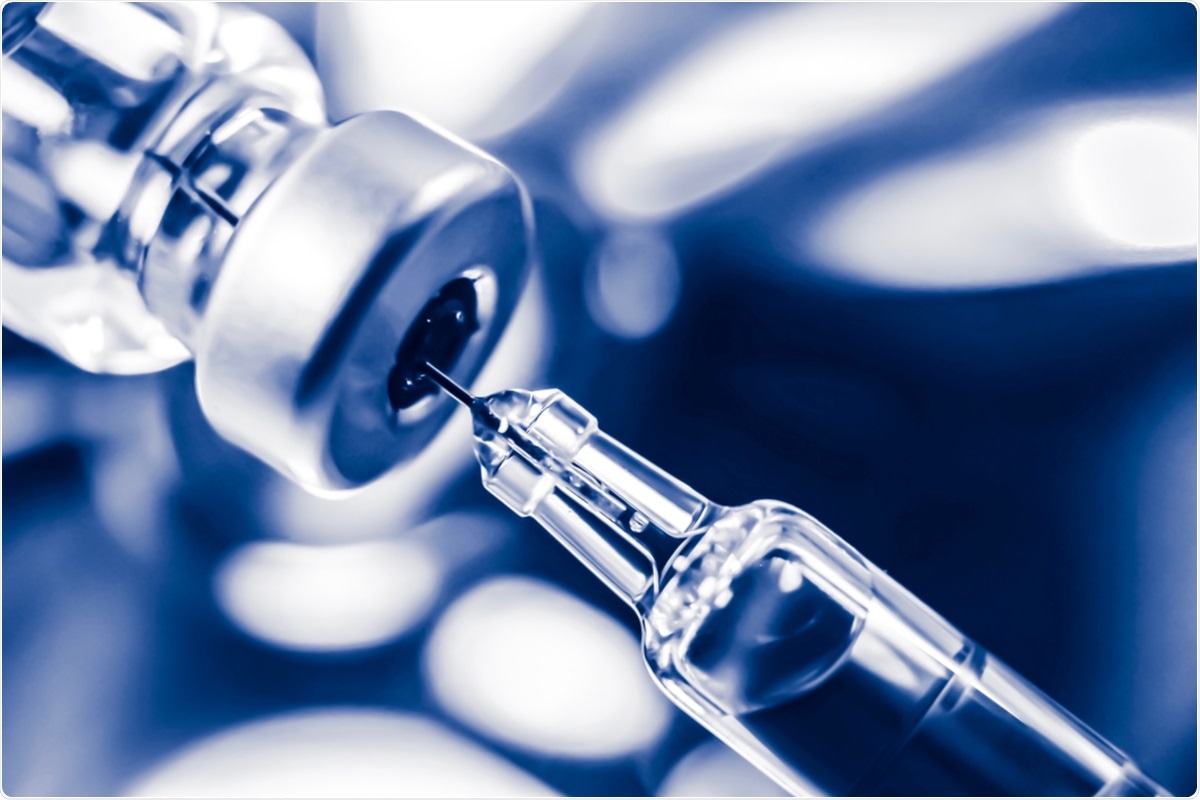Vaccines are very important in controlling the coronavirus disease 2019 (COVID-19) pandemic. Two highly effective mRNA vaccines are available in the USA – mRNA-1273 from Moderna and BNT162b2 from Pfizer/BioNTech. These vaccines elicit antibodies to the spike protein of COVID-19’s causative virus, severe acute respiratory syndrome coronavirus 2 (SARS-CoV-2). These include neutralizing antibodies (NAbs) that are directed against the receptor-binding domain (RBD). Serum NAbs are triggered at lower levels within about one week of the 1st dose of the vaccine, but the antibody titers are strongly boosted by a second dose of the Pfizer/BioNTech BNT162b2 vaccine at three weeks or the Moderna mRNA-1273 vaccine at four weeks.
SARS-CoV-2 is mostly transmitted through the nasal passage or the oral route, and it infects cells in the respiratory mucosa and, to a lesser extent, in the gastrointestinal tract. Although serum NAbs may offer protection against COVID-19, mucosal antibodies are capable of directly preventing or limiting virus acquisition via the oral, nasal, and conjunctival routes. However, it is not clear if the mRNA vaccines induce mucosal immunity.

Antibodies to spike protein and RBD found in saliva samples from healthcare workers vaccinated with mRNA-vaccines
A team of researchers from the US and the Netherlands recently reported that antibodies to the spike protein and the RBD are detected in saliva samples from healthcare workers vaccinated with mRNA vaccines. Within 1-2 weeks after receiving the 2nd dose of vaccine, 37 of 37 and 8 of 8 recipients of the Pfizer and Moderna vaccines, respectively, had IgG antibodies against the spike protein in their saliva, while IgA was also found in a significant proportion. These observations may be very crucial to understand vaccine-mediated protection from SARS-CoV-2 infection and COVID-19 disease.
Data from the team’s study has been made available on the bioRxiv* preprint server.
SARS-CoV-2 NAbs present in saliva may be below assay detection limits
The findings of the study show that mRNA vaccines induce systemic humoral responses that can be quantified in serum samples as well as IgG and, to some extent, IgA antibodies to the spike protein and the RBD, detectable in the saliva. The IgA detection antibody used in the study recognizes dimeric IgA with and without the secretory component. Antibodies detected in saliva are mostly SIgA and IgG.
Local plasma cells in the salivary glands secrete dIgA, which moves around the mucosae by interacting with the polymeric Ig receptor. About 95% of salivary IgA is in the SIgA form, while IgG found in saliva largely originates from plasma through transudation from the gingival blood circulation. The total concentrations of IgM in saliva in healthy people are ~150 µg/ml for SIgA, ~5 µg/ml for IgM, and ~15 µg/ml for IgG. In comparison, serum concentrations are ~1000-fold for IgG and ~100-fold for total IgA. The researchers estimated that the spike protein IgG titers found in saliva are ~10,000-fold lower than that in serum, while SIgA titers are ~1000-fold lower. Accordingly, any SARS-CoV-2 NAbs in saliva are below detection limits in assays.
Future studies should determine the capability of other vaccines to induce saliva antibodies
A recent study of SARS-CoV-2 infection in rhesus macaques reported that the virus, when suppressed by passively transferred NAbs in the lungs, can replicate in nasal turbinates. Assays of vaccine-induced antibodies extracted from nasopharyngeal swabs may offer additional information. Still, the IgG concentration in intra-mucosal interstitial fluids may not be possible to measure using swab-sampling and extraction.
Future studies should focus on determining if other vaccines such as the Johnson & Johnson adenovirus vector and the Novavax adjuvanted protein are also capable of eliciting saliva antibodies, and if they do, to what extent. Comparing the ability of different vaccines to prevent transmission to their abilities to elicit mucosal antibody responses may help reveal information on the role of mucosal antibodies.
We show here that the mRNA vaccines induce not just systemic humoral responses that are quantified in serum samples, but also IgG and, to a lesser extent, IgA antibodies to the S-protein and the RBD that are detectable in saliva.”
*Important Notice
bioRxiv publishes preliminary scientific reports that are not peer-reviewed and, therefore, should not be regarded as conclusive, guide clinical practice/health-related behavior, or treated as established information.
- Thomas J. Ketas, Devidas Chaturbhuj, Victor Cruz Portillo, Erik Francomano, Encouse Golden, Sharanya Chandrasekhar, Gargi Debnath, Randy Diaz Tapia, Anila Yasmeen, Wilhem Leconet, Zhen Zhao, Philip J.M. Brouwer, Melissa M. Cushing, Rogier Sanders, Albert Cupo, Per Johan Klasse, Silvia C. Formenti, John P. Moore. Antibody responses to SARS-CoV-2 mRNA vaccines are detectable in saliva. doi: https://doi.org/10.1101/2021.03.11.434841, https://www.biorxiv.org/content/10.1101/2021.03.11.434841v1
Posted in: Medical Science News | Medical Research News | Disease/Infection News | Healthcare News
Tags: Adenovirus, Antibodies, Antibody, Assay, Blood, Coronavirus, Gastrointestinal Tract, Healthcare, Lungs, Pandemic, Protein, Receptor, Respiratory, SARS, SARS-CoV-2, Severe Acute Respiratory, Severe Acute Respiratory Syndrome, Spike Protein, Syndrome, Vaccine, Virus

Written by
Susha Cheriyedath
Susha has a Bachelor of Science (B.Sc.) degree in Chemistry and Master of Science (M.Sc) degree in Biochemistry from the University of Calicut, India. She always had a keen interest in medical and health science. As part of her masters degree, she specialized in Biochemistry, with an emphasis on Microbiology, Physiology, Biotechnology, and Nutrition. In her spare time, she loves to cook up a storm in the kitchen with her super-messy baking experiments.
Source: Read Full Article